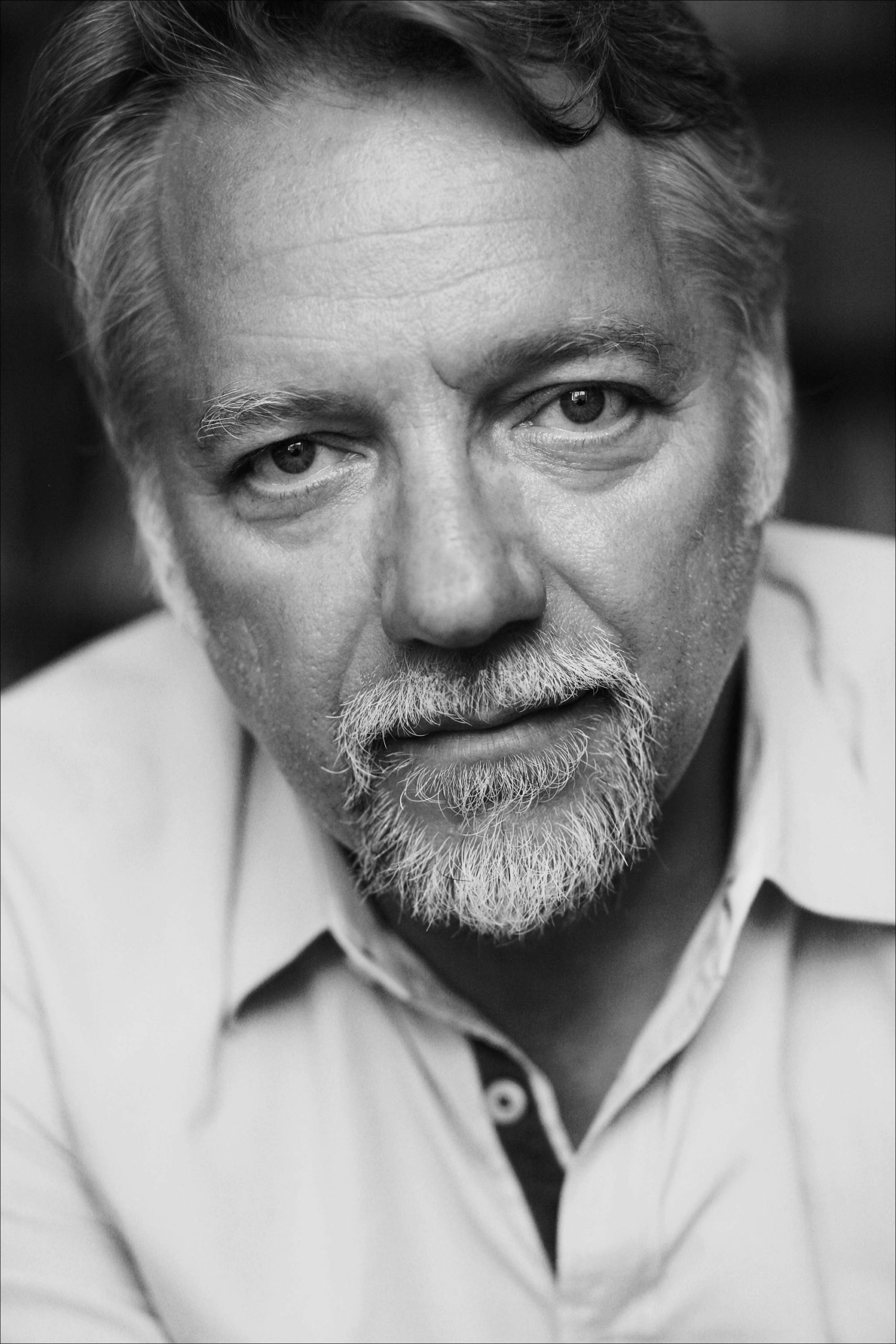Edward Burtynsky

Photographer and filmmaker | Bullfrog Power green champion
When did you first develop a passion for photography?
It began with my interest in landscapes. Back in the 1970s, landscapes were largely represented through a black and white photographic response—very few had tried to address them in colour. Colour was still seen as the medium of commercial, rather than artistic, photography. But with colour I found a tool ideally suited to Canadian landscapes because it provides the ability to render the world in excruciating detail, complete with colour as one of its features. Colour can be just as artistic and expressive as black and white.
How do you approach your photographic subject?
I’ve trained my eye to process chaos, and look for compositional opportunities within a very complex space. That approach is something I brought forward from the pristine landscape tradition to industrial imagery. I’m a maker of images, not a taker of images, which means taking into consideration multiple factors including point of view, light, optics, texture and line. I am very conscious and deliberate in my approach, and try to construct new ways of looking at something. I leave little to chance. For example, I am very careful about the appearance of light. I prefer overcast light from cloudy conditions and generally avoid sunny locations. I pick seasons during which there isn’t full-green foliage. Photography involves a hundred little decisions that need to coalesce for an image to be the thing that you want it to be.
Many of your images delineate the transformation of the environment by industry (oil refineries, mines, etc.). How did this perspective evolve?
I realized that I could make a difference by showing how we are changing the landscapes in places we never see, places that are outside our normal range of perception. I could bring these places, like mines, into clear, sharp focus and underscore that we are disconnected from this larger theatre of industry. Something is going on in these landscapes on an unprecedented scale—we are engaged in excavation on a scale that we have never seen before. We are doing the reverse of building the pyramids.
You have commented that “our dependence on nature to provide the materials for our consumption and our concern for the health of our planet sets us into an uneasy contradiction.” Can you comment further on this “uneasy contradiction”?
Our economic system is based on the concept of consumer demand and supply, and that supply and demand will find equilibrium through the market. But our economic model is flawed —because it fails to recognize that the resources of this Earth are finite. We must look at the consequences of production. For so long we relied on the faith that technology would outsmart the situation before we reached a dire ending. While still an unfolding story – we really don’t know if technology will be that saviour — it’s all the more urgent now as we find ourselves immersed in the climate crisis.
How did your experiences in China shape your perspective on the environment?
My optimism stalled somewhat in China. Back then China was rapidly expanding its footprint to the level of affluent countries in the West. As the largest CO2 contributor and the head of the economic pecking order, the US had (and still has) a duty to show leadership and set an example for nations like China to follow. If the US fails to lead, it gives countries like China full license to proceed in a similar fashion, including developing more coal-fired electricity generation.
Our current environmental policies in the US and Canada remain inadequate. Things are changing, but it’s slow — arguably too slow — and our government leaders, regardless of party lines, should be listening to the demand for action and change now. The science is there telling us we need to act, the climate crisis is upon us, but policy action hasn’t necessarily risen to meet that urgency.
How would you define our role as stewards of our planetary resources? What is our responsibility?
We will always be consumers. We need to stay warm and get around, but the question is how we do that. Our responsibility is first to become aware, and then to engage with the world on new terms. That engagement must include the histories and futures of the resources and products we consume. Where did a car come from? Where does it go when we’re done with it? The more we know about sources and consequences, the better. We need to understand these back stories and supply chains. Our impacts on the world are not limited to the moments in which we engage with its resources — our perspective needs to expand to encompass the lifecycle, and to appreciate that our immediate engagement with a consumer product like a phone is only one part of its history.
Why did you switch your household to green electricity from Bullfrog Power?
We are an urban society that needs to become a smarter society. Bullfrog Power is an alternative that makes sense and can start moving us in the right direction. Government policy is lagging behind individual action. Individual initiatives like this are driving change. I wanted to find ways to walk the walk and Bullfrog fit with that. I became a Bullfrog customer, for both my home and Studio, the minute I learned about them.
What other measures have you taken in your life to help the environment?
I used to own a hybrid car, but a number of years ago I transitioned to a full electric car so when I do need to drive, I can do so with a cleaner conscience, especially now that Ontario is coal free. A few years ago, I brought in GreenSaver into my home to do an energy audit and discovered that our energy leakage was equivalent to leaving a 3-foot window permanently open. GreenSaver helped us strategize and implement a plan to save energy that included insulation, caulking and fixing our roof. We also installed a Centameter™ to show us how many kilowatts of electricity we’re using at any given time. The device enables awareness of our consumption patterns and how we can affect them. I’ve also purchased offsets to reduce my carbon footprint from other areas of my life like transportation. Up north, I installed a ground source system in my country house. And about 30 years ago, we planted 2,000 trees on 15 acres as part of a reforestation effort. I wanted to avoid monoculture, so on the advice of the Ministry of Natural Resources, I selected a variety of trees including red pine, white pine and spruce.
Ultimately, as individuals and citizens, we hold the most power to effect change through our votes and wallets. If we want politicians to make a difference and set an example, we need to get them into power and hold them accountable for their promises. And we need to exercise our power through our purchasing decisions.
About green champions
Thousands of people bullfrogpower their homes with green electricity, green natural gas, or both. Together, these green champions are shrinking their carbon footprints, transitioning our energy systems to clean sources, and showing others that the future is renewable.
Explore other green champions profiles:
Judith Roux
Kim Horrocks (and others!)
Les Quinton
Join the 20,000 subscribers who care about the future of renewable energy
Sign up for the eBuzz, our newsletter featuring green energy updates, new product information, and stories from the community projects we support.


